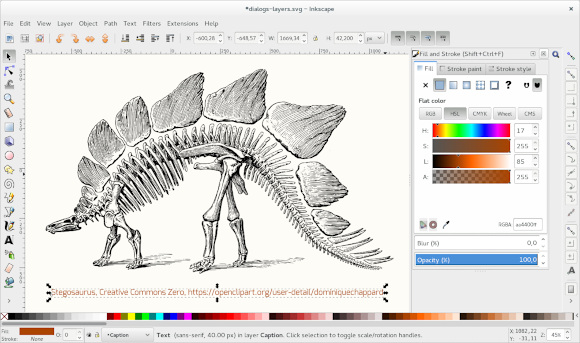
First, open terminal and install Flatpak daemon via command: sudo apt install flatpak Ubuntu 20.04 and higher and follow the steps below to install Inkscape as Flatpak package: Different to previous package formats, Inkscape as Flatpak is maintained by the open-source community. Or use ‘Software Updater’ to upgrade from an old version:įlatpak is another universal package format that runs in sandbox. NOTE: Linux Mint user need to refresh package cache via sudo apt update first. deb package via: sudo apt install inkscape Then either install the image editor as native. Type user password (no asterisk feedback) when it asks and hit Enter to continue.Ģ. When it opens, run command to add the PPA: sudo add-apt-repository ppa:v/stable

First, press Ctrl+Alt+T on keyboard to open terminal. Not only for modern 64-bit OS, the PPA now also supports for arm64/armhf architecture types.ġ. deb package, it has an official stable PPA contains the latest package for Ubuntu 20.04, Ubuntu 22.04, and Ubuntu 22.10. Finally, click Run the package to launch the editor.įor the native. No installation required, just grab the package (via link above), enable ‘ Allow executing file as program‘ in file Properties dialog. Install inkscape as Snap from Ubuntu Software Option 2: AppImageĪppImage is a portable package works in most Linux. Inkscape website offers official Windows, macOS, Linux, and source tarball, available to download at the link below: How to Install Inkscape 1.2.2 in Ubuntu & other Linux There are as well various other bug-fixes and improvements, see the release note for details.

For Linux, the snap package is no longer possible to install with -classic option. And, Color extensions works on patterns again.įor macOS, spellchecking finally works and undo/redo options are back in the menu. The is the second update for Inkscape 1.2, which finally makes OpenClipart import available for Windows and Linux user using AppImage.

The free open-source Inkscape vector graphics editor got a new maintenance release for the 1.2 series.


 0 kommentar(er)
0 kommentar(er)
